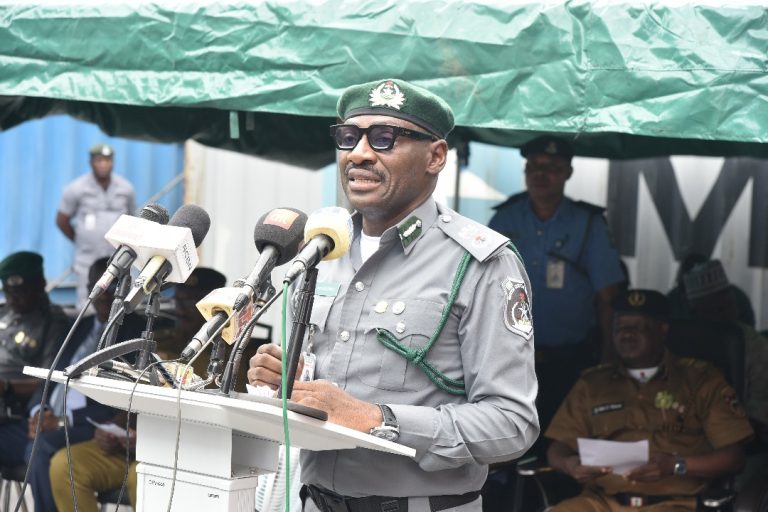…As Taiwan announces new-look military drills to counter China***
Hundreds of people were snowed-in in Alpine regions and warned of a high risk of avalanches, parts of Scandinavia were left without electricity, and high winds caused flight delays and cancellations in the Netherlands as deadly winter weather continued to blast Europe on Tuesday.
Several people have already been killed in weather-related incidents over the last week, and in Norway attempts to find the bodies of four skiers were again put on hold due to poor visibility and heavy snowfall. A 29-year Swedish woman and three Finns, aged 29, 32 and 36, were presumed dead after a 990-foot-wide avalanche hit the Tamok valley, near the northern city of Tromsoe, last week.
In Austria, hundreds of residents were stuck in their homes due to blocked roads, and some regions experienced power outages after snow-laden trees took down power lines.
Schools in some Austrian regions remained closed for a second day and homeowners were advised to remove snow from their roofs after several buildings collapsed. A 78-year-old man was severely injured when he fell of the roof of his home in Turrach while shoveling snow, Austrian public broadcaster ORF reported.
On Monday night, 11 German hikers had to be rescued by mountaineers from a cabin near Salzburg, after having been snowed in without electricity and little food since Friday. Several people were killed by avalanches in recent days and authorities warned continuing snowfall is increasing the already high risk of more avalanches.
In southern and eastern Germany, people were also bracing for further snowfall, while in the northern coastal city of Hamburg residents were preparing for a storm flood caused by a winter gale, the German news agency dpa reported.
In neighboring Netherlands, Amsterdam’s busy Schiphol Airport warned of delays and cancellations. Dutch carrier KLM canceled 159 flights to and from European destinations.
In northwestern Dutch coastal regions expected to be hardest hit by strong winds and wild seas, local water authorities began checking dikes to make sure they were not damaged.
The Noorderzijlvest water authority said it was monitoring dikes because of debris floating in the sea after nearly 300 containers tumbled off a cargo ship in a storm last week. Many of the containers are still at sea and some have broken open, spilling their contents.
“A fridge or container that is rammed against a dike can cause damage,” the authority said on its website.
Heavy snowfall and strong winds were reported Tuesday over central Scandinavia, hampering efforts to restore electricity after a hefty storm swept through northern Europe on Jan. 2.
Swedish media reported several fender-benders and stranded vehicles along roads but nothing unusual for the season in this part of Europe.
Meanwhile, in southeastern Europe, schools in the Greek capital and many surrounding areas remained shut due to weather conditions after snowfall blanketed Athens, with temperatures in some parts of the country plunging well below freezing.
Courts in Athens were also to remain shut Tuesday, with only fast-track prosecutions being heard, the Justice Ministry said. Some rural roads, particularly those leading up to the mountains near the capital, were shut overnight and in the early morning.
Greece has been experiencing a cold snap for the past few days, with heavy snowfall, particularly in the north of the country and in mountainous areas. Temperatures have reached minus 20 degrees Celsius (minus 5 degrees Fahrenheit) in parts of northern Greece, while many islands have also experienced snowfall.
Mike Corder contributed reporting from The Hague, Netherlands; Jan M. Olsen reported from Copenhagen, Denmark, and Elena Becatoros from Athens, Greece.
In the meantime, Taiwan’s military on Wednesday announced a series of newly designed large-scale military drills for this year aimed at countering China’s renewed threat to use force to gain control over the island.
While Taiwan’s armed forces regularly hold such exercises, this year’s drills are “being drafted based on newly adopted tactics for defending against a possible Chinese invasion,” the official Central News Agency quoted Defense Ministry planning chief Maj. Gen. Yeh Kuo-hui as saying.
China claims sovereignty over the self-governing island democracy, which split from the mainland amid civil war in 1949.
Chinese President Xi Jinping renewed the threat of force in his Jan. 2 message to the island, saying China reserved that right if necessary to counter interference by external forces and what he called an extremely small number of Taiwanese separatists.
Although Xi didn’t mention the U.S. by name, Washington is a key supplier of weaponry to the island and is legally bound to respond to threats against Taiwan.
With its 3 million-member armed forces and the world’s second largest defense budget of $173 billion, China has the overwhelming military edge over Taiwan. Xi has been ratcheting up the military threat to put pressure on independence-leaning Taiwanese President Tsai Ing-wen.
Tsai responded to Xi’s speech by rejecting demands for unification between the sides, saying, “China must face the fact of the existence of Taiwan.”
Taiwan wields a much smaller by technologically sophisticated force that would be relied on to hold off a Chinese assault until outside help arrives.
In recent years, Taiwan’s strategy has evolved from defeating a Chinese landing force to repelling an invasion on sea and in the air.
NBC with additional report from ABC





















